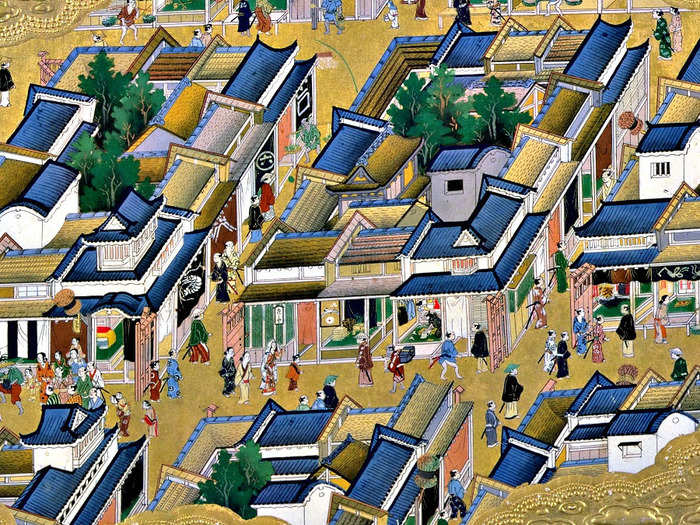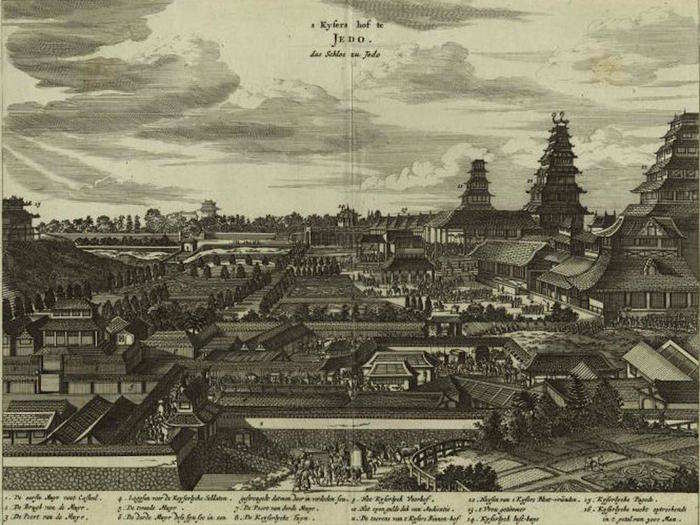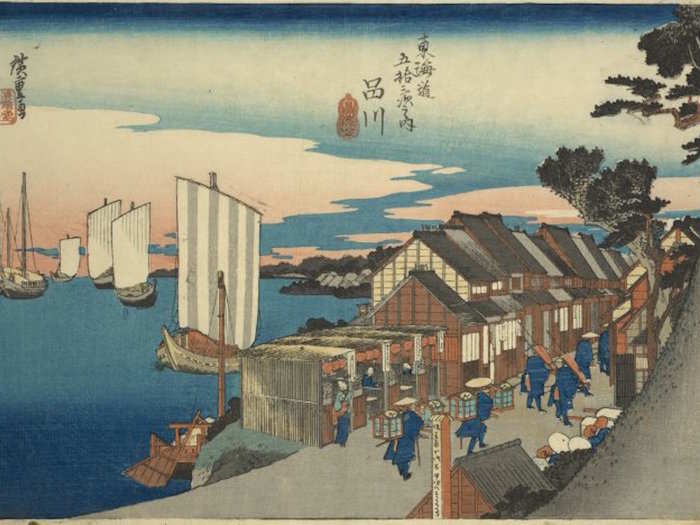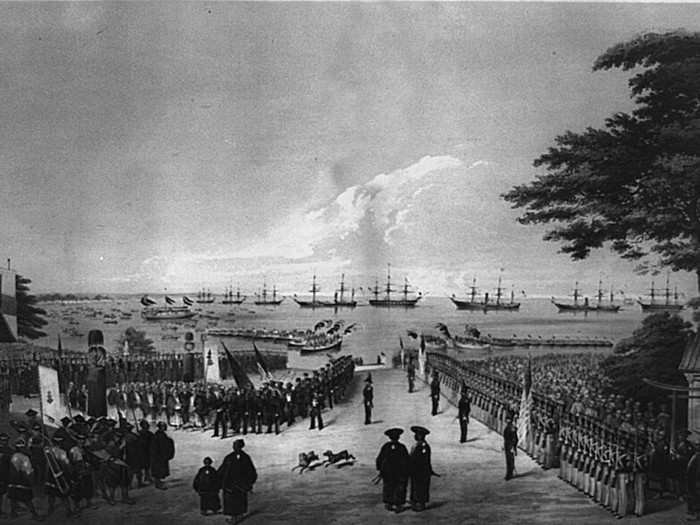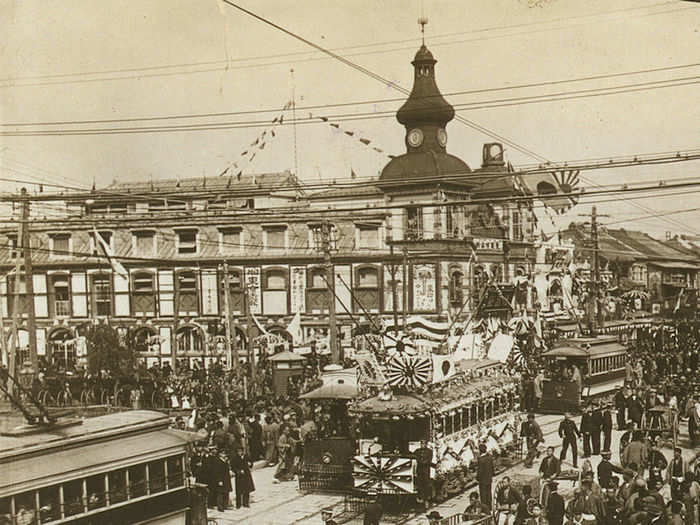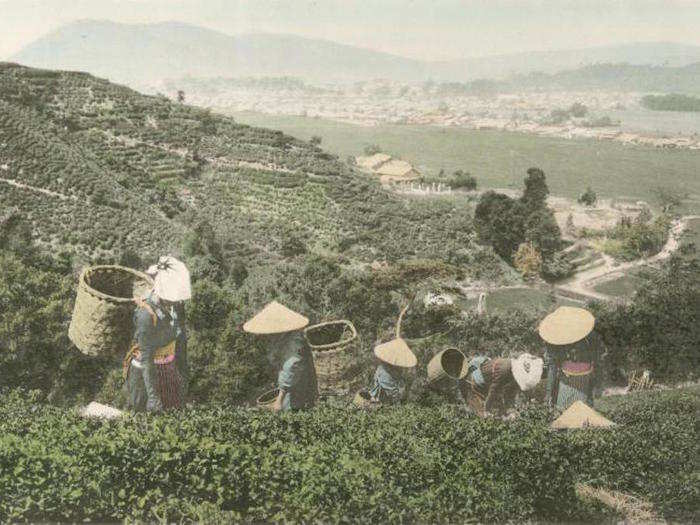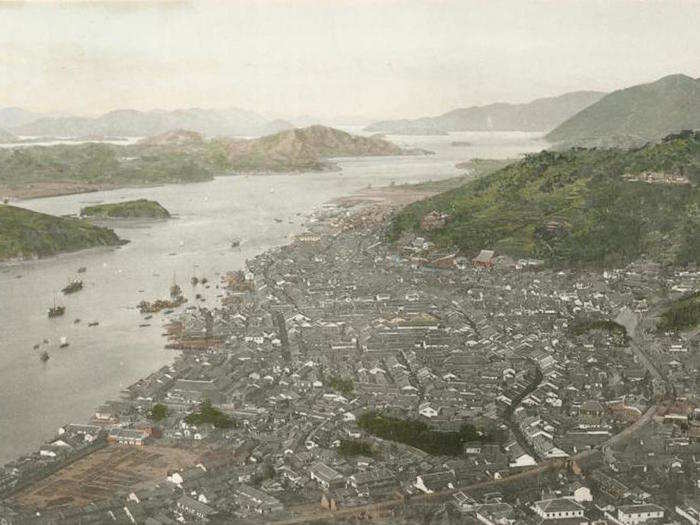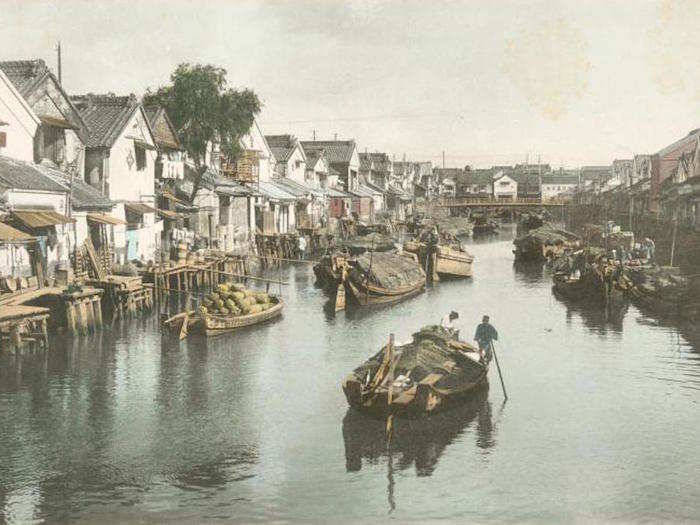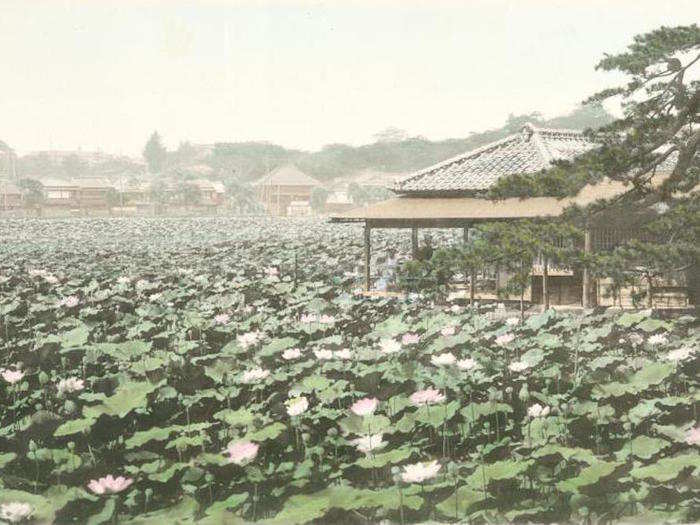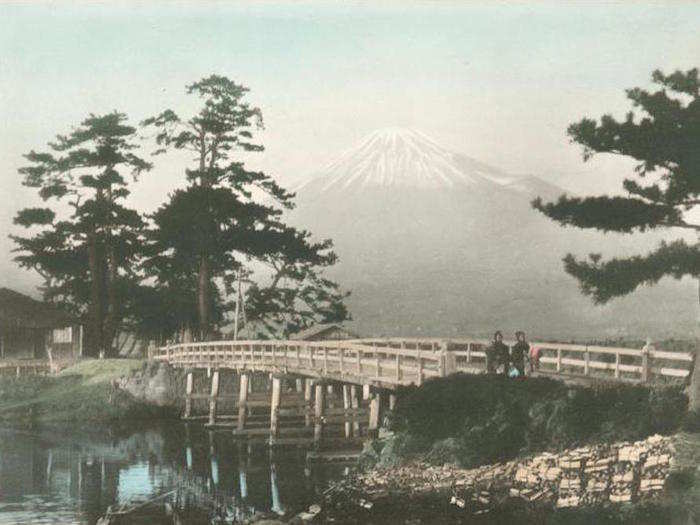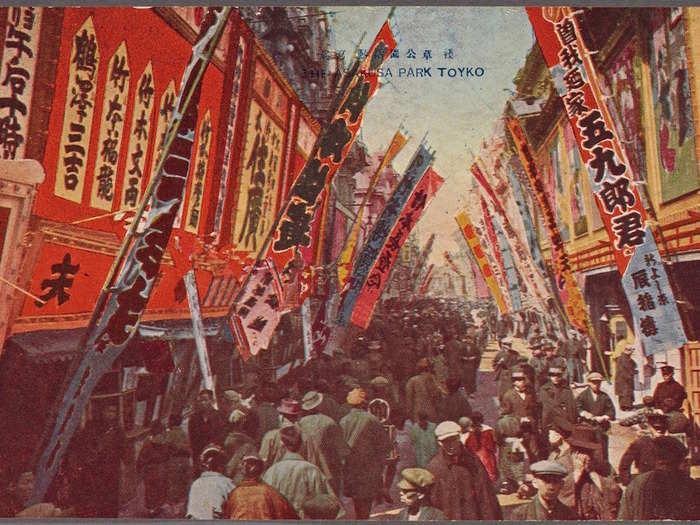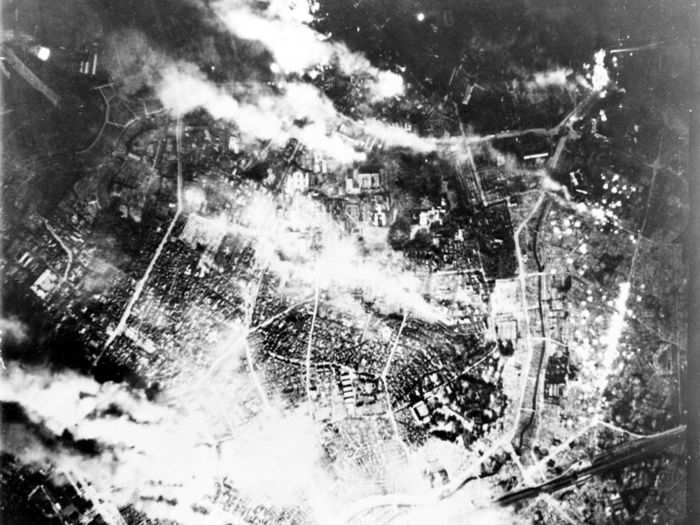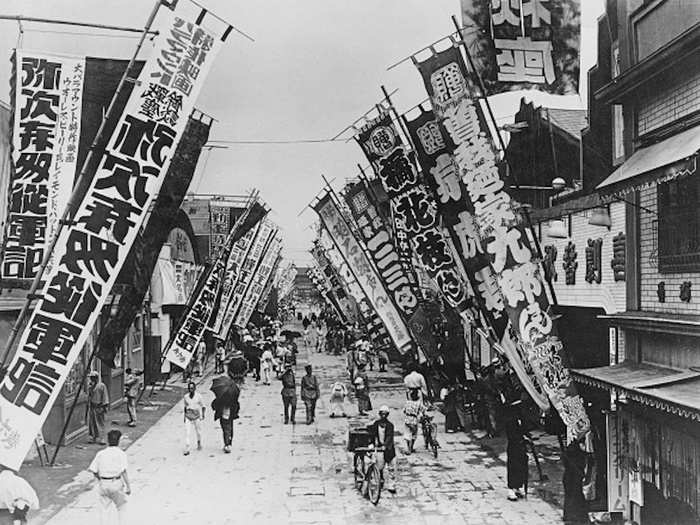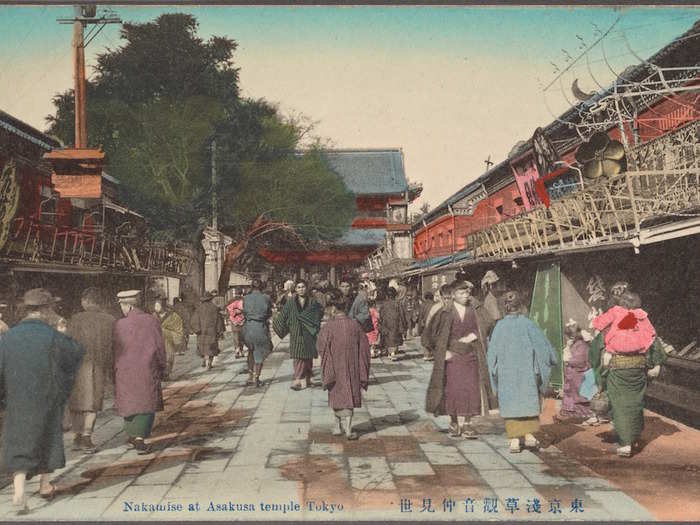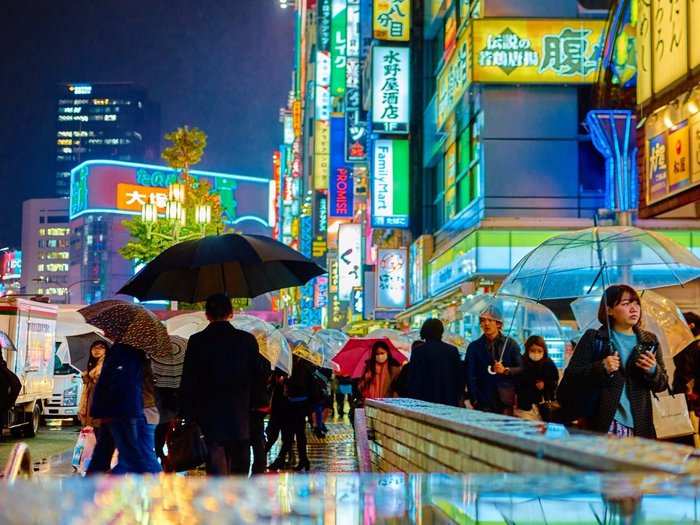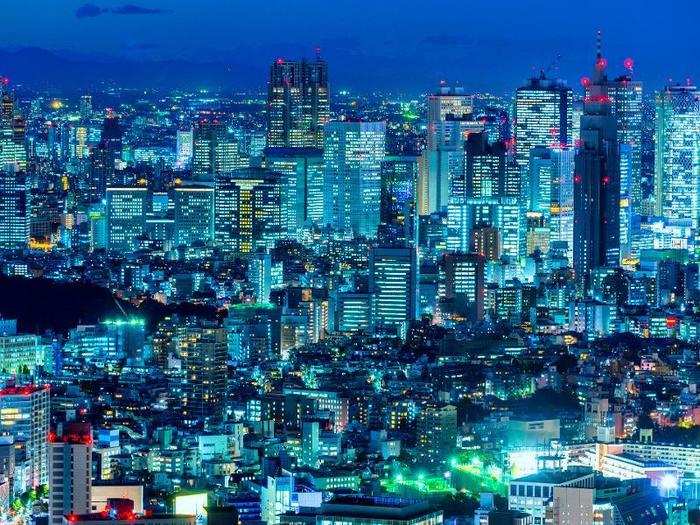Amazing images of Tokyo before it was a city
Tokyo was originally known as Edo, which means "estuary." In the late 12th century, Edo was fortified by the Edo clan, which built a castle and military capital (pictured below). Some of the estate's moats and walls still survive to this day.
Popular Right Now
Popular Keywords
- India’s wearables market decline
- Vivo V40 Pro vs OnePlus 12R
- Nothing Phone (2a) Plus vs OnePlus Nord 4
- Upcoming smartphones launching in August
- Nothing Phone (2a) review
- Current Location in Google
- Hide Whatsapp Messages
- Phone is hacked or not
- Whatsapp Deleted Messages
- Download photos from Whatsapp
- Instagram Messages
- How to lock facebook profile
- Android 14
- Unfollowed on Instagram
Advertisement

